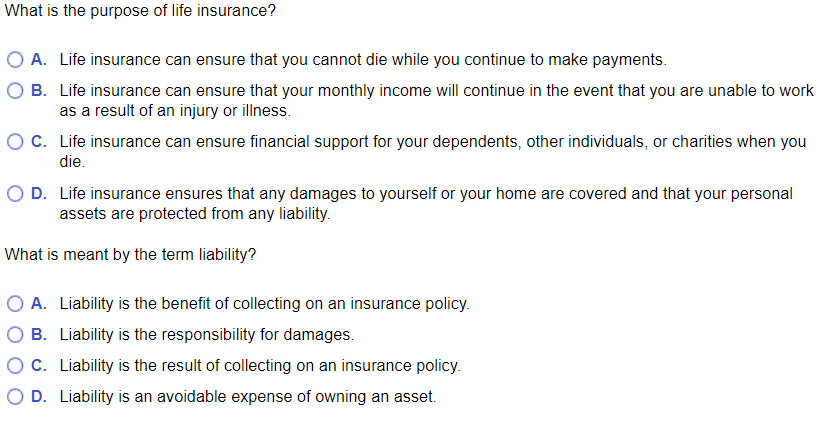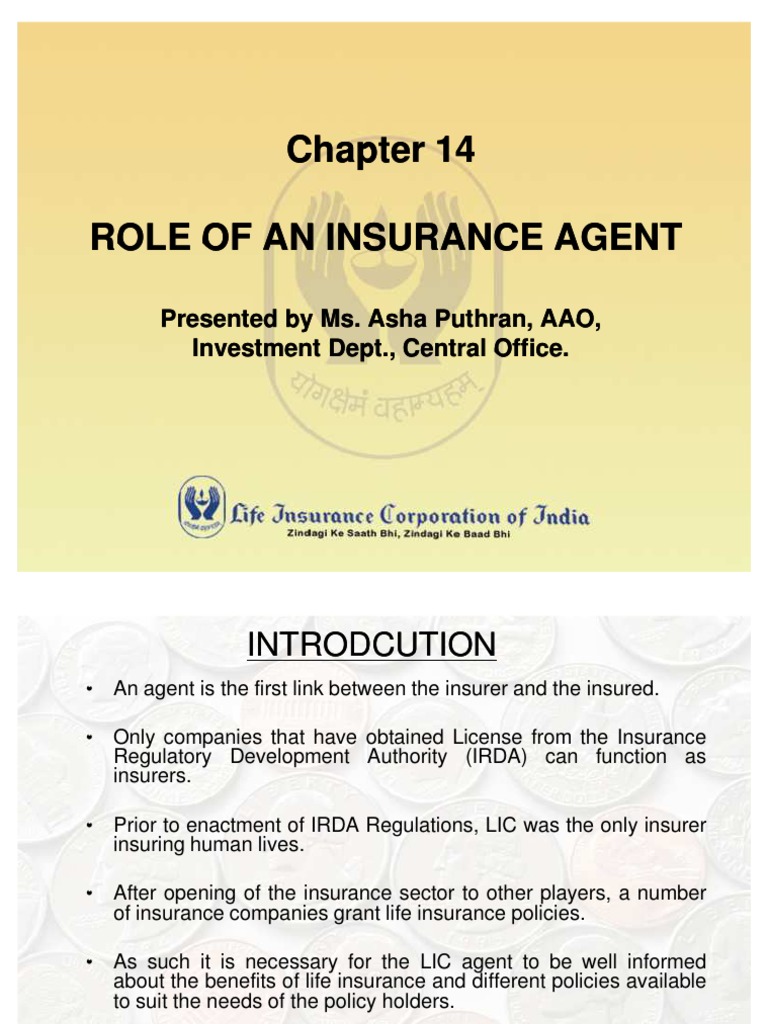Excitement About Pacific Prime
Table of ContentsNot known Facts About Pacific PrimeThe Buzz on Pacific PrimeThe Single Strategy To Use For Pacific PrimeAn Unbiased View of Pacific PrimeHow Pacific Prime can Save You Time, Stress, and Money.

This is because the data were collected for a period of strong economic efficiency. Of the estimated 42 million people who were uninsured, almost about 420,000 (concerning 1 percent) were under 65 years old, the age at which most Americans end up being eligible for Medicare; 32 million were grownups in between ages 18 and 65, about 19 percent of all grownups in this age; and 10 million were youngsters under 18 years old, about 13.9 percent of all youngsters (Mills, 2000).
These estimates of the number of persons uninsured are generated from the yearly March Supplement to the Current Populace Survey (CPS), performed by the Census Bureau. Unless otherwise noted, nationwide estimates of people without medical insurance and percentages of the population with various kinds of insurance coverage are based on the CPS, the most extensively utilized source of price quotes of insurance policy protection and uninsurance prices.
What Does Pacific Prime Mean?

Still, the CPS is especially helpful since it creates yearly price quotes relatively rapidly, reporting the previous year's insurance policy protection estimates each September, and due to the fact that it is the basis for a constant collection of quotes for even more than twenty years, permitting for analysis of fads in insurance coverage over time. For these factors, as well as the substantial use the CPS in other studies of insurance protection that are provided in this record, we count on CPS estimates, with restrictions kept in mind.

The quote of the variety of without insurance people broadens when a populace's insurance policy standing is tracked for several years. Over a three-year duration beginning early in 1993, 72 million people, 29 percent of the U.S. https://linktr.ee/pacificpr1me. population, lacked coverage for at least one month. Within a solitary year (1994 ), 53 million people experienced at the very least a month without insurance coverage (Bennefield, 1998a)
6 out of every 10 without insurance adults are themselves utilized. Functioning does boost the possibility that one and one's household members will have insurance policy, it is not a warranty. Even members of families with 2 full time wage earners have virtually a one-in-ten chance of being without insurance (9.1 percent without insurance price) (Hoffman and Pohl, 2000).
Pacific Prime Things To Know Before You Buy
New immigrants account for a significant proportion of individuals without medical insurance. One analysis has connected a substantial part of the recent development in the size of the united state without insurance population to immigrants who arrived in the nation between 1994 and 1998 (Camarota and Edwards, 2000). Recent immigrants (those who pertained to the USA within the previous 4 years) do have a high rate of being uninsured (46 percent), but they and their children account for just 6 percent of those without insurance policy country wide (Holahan et al., 2001).
The partnership between health insurance policy and access to care is well developed, as recorded later on in this phase. The relationship between health and wellness insurance policy and health and wellness end results is neither direct neither straightforward, a comprehensive professional and health solutions research literary works web links health and wellness insurance coverage to enhanced access to care, much better quality, and boosted individual and population Click This Link health standing.
Degrees of analysis for analyzing the effects of uninsurance. This discussion of medical insurance protection focuses primarily on the united state populace under age 65 because essentially all Americans 65 and older have Medicare or various other public insurance coverage. It concentrates specifically on those without any wellness insurance policy for any length of time.
7 Easy Facts About Pacific Prime Shown
The problems encountered by the underinsured are in some respects similar to those dealt with by the uninsured, although they are generally much less serious. Health insurance coverage, nonetheless, is neither needed nor enough to gain access to medical services. The independent and straight impact of wellness insurance coverage on accessibility to health and wellness services is well developed.
Others will certainly obtain the health care they require also without medical insurance, by paying for it out of pocket or seeking it from service providers that supply care free or at extremely subsidized prices. For still others, health and wellness insurance alone does not guarantee receipt of treatment due to other nonfinancial obstacles, such as a lack of health and wellness treatment companies in their community, minimal access to transportation, illiteracy, or linguistic and cultural differences.
The 20-Second Trick For Pacific Prime
Formal study regarding uninsured populaces in the United States dates to the late 1920s and early 1930s when the Board on the Cost of Healthcare produced a series of records regarding financing doctor workplace sees and hospital stays. This concern ended up being salient as the numbers of medically indigent climbed up throughout the Great Clinical depression.